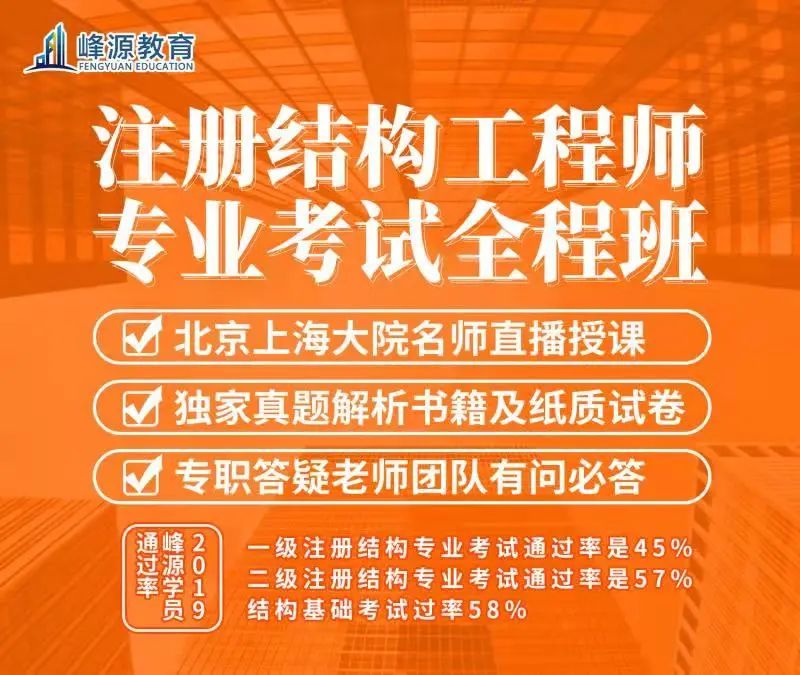Each partition is built with light partition in the reconstructed building space
. 
The purpose of the guidelines is to effectively deal with respiratory infectious diseases and other major outbreaks, public health events, and other major emergencies, and the centralized treatment of a large number of mild patients
. 
The medical living area, material support area and discharge extravehicular cleaning area are independent and physically isolated
. 
According to the “guidelines”, the plane layout of architectural design requires that the transformation of “shelter type” temporary emergency medical treatment place should only carry out the transformation of internal use function and site facilities in principle
. 
The net width of evacuation staircases or emergency exits in large space shall be calculated according to the fire code or not less than 1m for 100 people
. 
In order to treat the mild patients as the main object, the severe patients should be transferred to the hospital with the corresponding treatment ability in time
. 
The polluted area is composed of outdoor space and indoor space
. 
The entrance and exit of the medical staff from the clean area to the polluted area are respectively set up with the sanitary through entrance room and the sanitary through exit room
. 
The location of shelter hospital should be far away from high-density residential areas, kindergartens, primary and secondary schools and other urban crowd intensive activity areas, away from the production and storage places of flammable and explosive toxic and harmful gases, and in the downwind direction of the main wind throughout the year The professional said
. 
The indoor space includes the patient treatment area, the nursing work area and the hatch disinfection and packaging area
. 
The office area which is not connected with the existing building space (polluted area) can be selected as the relatively independent space, or the tent or prefabricated house can be built in the outdoor site to build the clean area
. 
The cleaning area is composed of medical living area, material support area and discharge extravehicular cleaning area
. 
In principle, buildings suffering from earthquake, typhoon, flood and other disasters should not be selected
. 
The clean area should be isolated from the polluted area to meet the cleanliness requirements
.
5
.
The design and reconstruction should follow the principles of safety, reliability, fast conversion and easy recovery
.
Generally, buildings with seismic fortification intensity of 8 degrees and below should be selected for reconstruction, and priority should be given to key fortification and large space buildings with service life of less than 10 years
.
The main contents include: building internal separation, building internal facilities and equipment, outdoor municipal facilities, sewage treatment facilities, external traffic channels, personnel and materials access and transportation channels, adjacent environmental protection and improvement, health and epidemic prevention, biological safety, safety protection, etc
.
The nursing work area includes mobile doctor workstation, central nurse station, treatment room, mobile equipment room, dispensing room, disposal room, warehouse, admission disposal room, sewage washing room, dirt room, catering room, conversation room, autoclave emergency disinfection room, etc.; the hatch disinfection packing area is set at the exit of rehabilitation patients
.
The reconstructed existing buildings should have convenient transportation with the surrounding hospitals, and the large space buildings such as gymnasium and exhibition hall should be preferred to reconstruct the “shelter” temporary emergency medical treatment place
.
The existing buildings can only be used as “shelter type” temporary emergency medical treatment place from the reconstruction to the end of this use, and can not be used for other purposes
.
There should be no less than 20m isolation distance between the existing building and the surrounding buildings
.
The existing buildings are transformed into temporary medical treatment places in the shortest time, so as to achieve the goal of effective isolation of infectious sources and maximum rapid treatment of mild patients For the temporary medical treatment place of the existing building reconstruction, the new project can refer to the implementation
.
The drop off area includes the parking platform for receiving patients’ vehicles, vehicle washing and disinfection, etc.; the entry hall includes intelligent patient identification, male and female dressing room, disinfection, security inspection room, personal belongings deposit, etc.; the shelter inspection and inspection area includes consulting room cabin, CT scanning cabin, inspection cabin, respiratory tract specimen collection cabin, nucleic acid detection cabin, etc.; the ancillary facilities area includes mobile patient toilet The pollution area outside the cabin includes the shower room and dressing room for discharged patients
.
There should be relatively complete security facilities around the land
.
Polluted area and clean area can be distinguished by different color marks
.
The medical and nursing living area includes male and female dressing room, CT diagnosis room, remote consultation room, psychological video counseling room, dietitian video guidance room, doctor’s office, rest room, dining room, duty room and cleaning warehouse; the material support area includes duty room, goods receiving area and material warehouse; the out of cabin cleaning area for discharged patients is disinfection of clothes and trousers
.
4
.
In terms of architectural design, the transformation of “shelter type” temporary emergency medical treatment place, in principle, only carries out the transformation of internal use function and site facilities of the building, mainly including the internal separation of the building, internal facilities and equipment of the building, outdoor municipal facilities, etc
.
The outdoor space includes patient drop off area, entry hall, shelter inspection area, auxiliary facilities area, extravehicular pollution area, etc
.
The “shelter type” temporary emergency medical treatment place should have the characteristics of large space, large capacity and temporary
.
1
.
Source: information of Shandong Provincial Department of housing and urban rural development and zhuyitai recently, Shandong Provincial Department of housing and urban rural development and Shandong Provincial Health Committee organized relevant units to draw on the practical experience of “shelter type” temporary hospitals in Wuhan and other places to prepare the “shelter type” temporary emergency medical treatment site design guidelines (Trial) “(hereinafter referred to as the” guidelines “) to guide the emergency treatment in various places In case of public health and safety events such as epidemic situation, temporary emergency medical treatment places for large-scale patients should be built quickly
.
Severe patients refer to mild patients with aggravation during hospitalization
.
The existing buildings can only be used as “shelter type” temporary emergency medical treatment place from the reconstruction to the end of this use, and can not be used for other purposes
.
The patient admission area is composed of several nursing units, and each nursing unit should be equipped with a critical observation and treatment area
.
The external traffic is convenient, barrier free facilities are complete, and space is reserved for temporary parking and material turnover
.
Sanitation is divided into inlet and outlet lines, male and female.
.
The plane layout of the building should strictly follow the principle of “doctor-patient partition”, and the fire protection design should meet the requirements of the current “code for fire protection design of buildings”
.
The plane layout of the building should strictly follow the principle of “doctor-patient zoning”, and meet the requirements of “three zones, two buffers and two channels” (three zones of pollution zone, potential pollution zone and clean zone, and two channels of buffer zone, medical staff channel and patient channel between pollution zone and potential pollution zone, potential pollution zone and clean zone) when conditions permit The entrance, exit and streamline, and appropriate patient activity space are reserved
.
After reconstruction, the number of people in each floor or large space shall be determined according to the evacuation width of existing evacuation stairs and emergency exits
.
In addition, the existing buildings with good structural condition should be selected for reconstruction, and the safety assessment of the housing structure should be carried out
.
According to Shandong Provincial Department of housing and urban rural development professionals, “shelter type” temporary emergency medical treatment place refers to the use of existing buildings in the shortest time to transform the temporary treatment place from clean area to polluted area in order to solve the problem of centralized treatment of a large number of mild patients in the event of public health and safety incidents such as major epidemic and major natural disasters It is composed of three parts
.
Each treatment area is a relatively independent observation and treatment area for critically ill patients, which is equipped with oxygen cylinders, rescue vehicles, rescue drugs, monitoring and rescue equipment, transfer flat cars, etc., with special personnel in charge, strengthening and giving priority to the allocation of medical staff
.
2
.
According to the guidelines, the “shelter” temporary emergency medical treatment place for infectious diseases should follow the basic principles of controlling the source of infection, cutting off the chain of infection and isolating the susceptible population, and should meet the medical process of infectious disease hospital
.
There should be parking and return space at the entrance, which can meet the rapid arrival and evacuation of ambulance vehicles
.



